The animal kingdom is filled with myriad wonders, ranging from majestic giants to minuscule creatures that defy expectations. Among these marvels is the world’s smallest mammal, famed for its size-defying presence. The bumblebee bat is a tiny mammalian wonder that intrigues scientists and nature enthusiasts alike due to its unique characteristics and diminutive stature.
Understanding the Bumblebee Bat
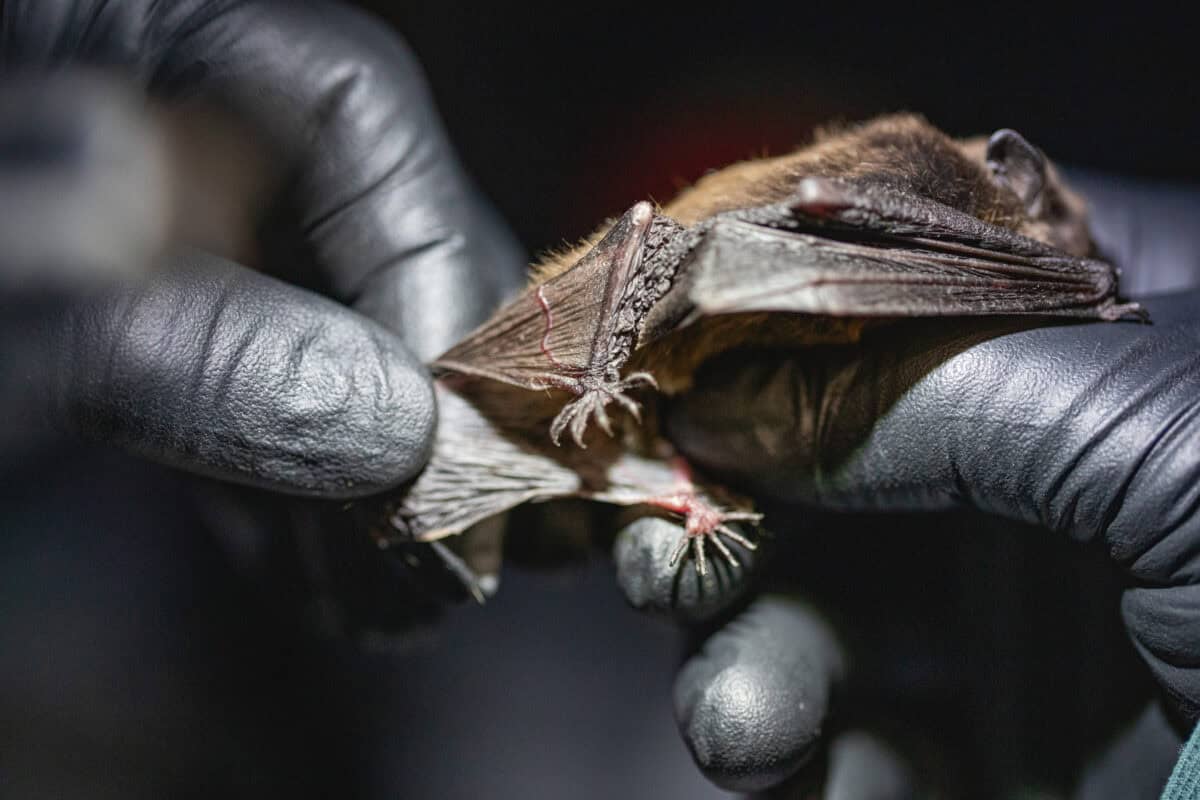
The bumblebee bat, also known as Kitti’s hog-nosed bat (Craseonycteris thonglongyai), is a remarkable species that holds the title of the world’s smallest mammal. Discovered in 1973 by Thai zoologist Kitti Thonglongya, this bat is a fascinating creature, named for both its discoverer and its pig-like nose—a distinguishing feature in such a tiny animal.
Size and Measurements

As its name implies, the bumblebee bat is incredibly small, weighing approximately 1.5 to 2 grams—roughly the same as a large bumblebee. Measuring only about 29 to 34 millimeters in length, these bats are so tiny that they can comfortably rest on a human fingertip, making them one of nature’s most extraordinary petite creatures.
Habitat and Distribution
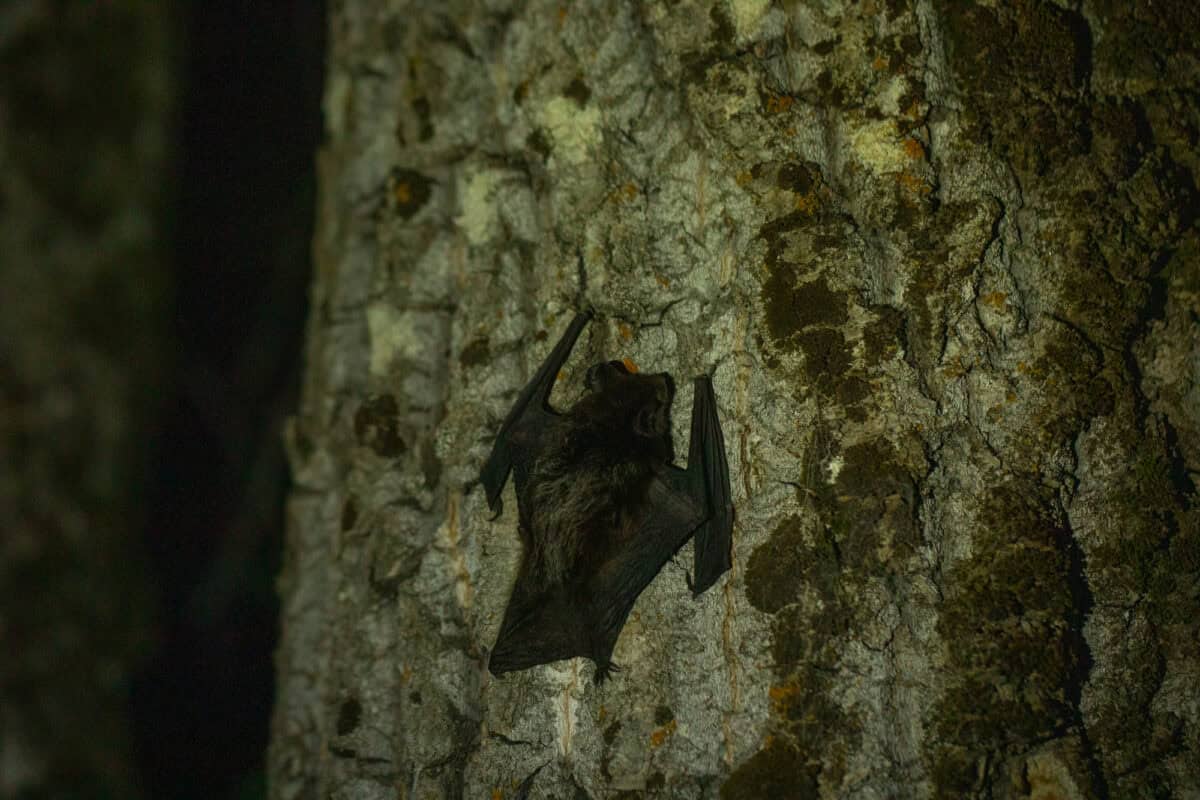
The bumblebee bat is native to Thailand and parts of Myanmar, where it inhabits limestone caves in forested areas. These bats prefer roosting in groups within the caves’ limestone crevices, where the environment provides protection from predators and harsh weather conditions.
Diet and Foraging Behavior
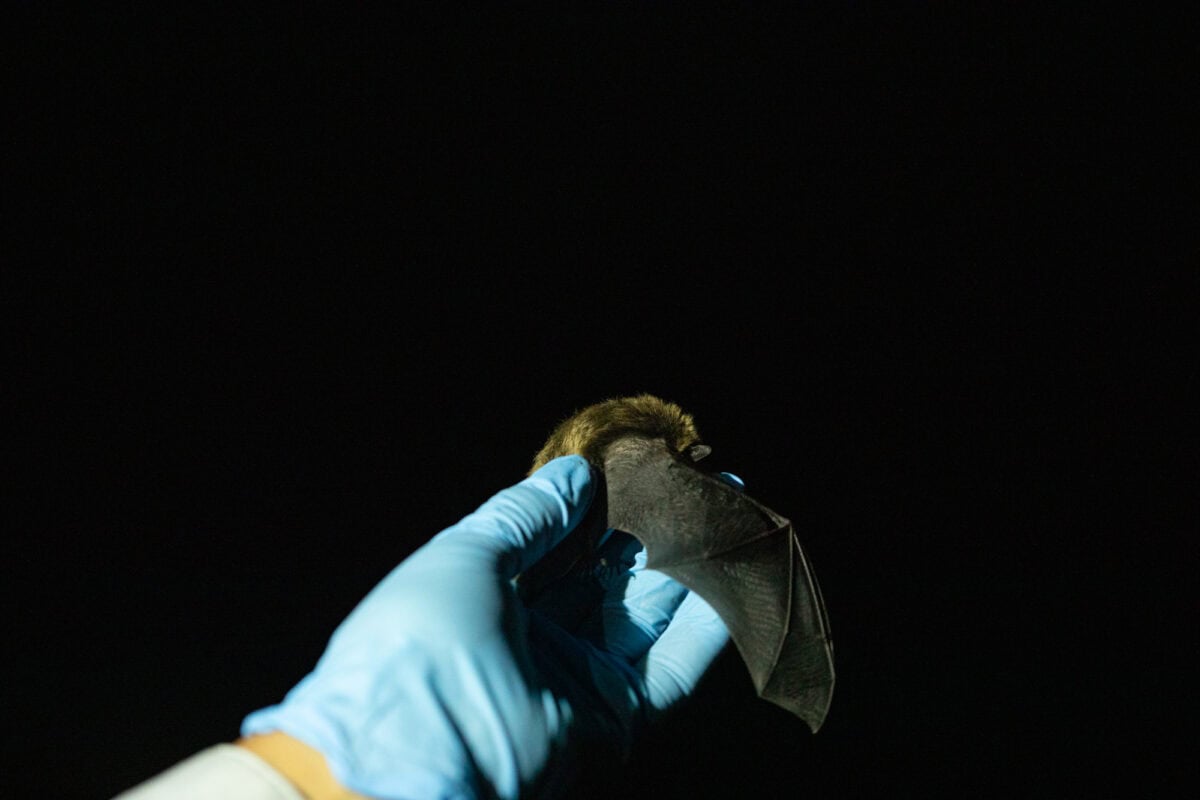
Despite their size, bumblebee bats are active nocturnal hunters. They primarily feed on insects, such as flies and beetles, which they catch in flight. Their small size and agile flight enable them to maneuver easily through dense forest vegetation in pursuit of their prey.
Reproduction and Lifespan
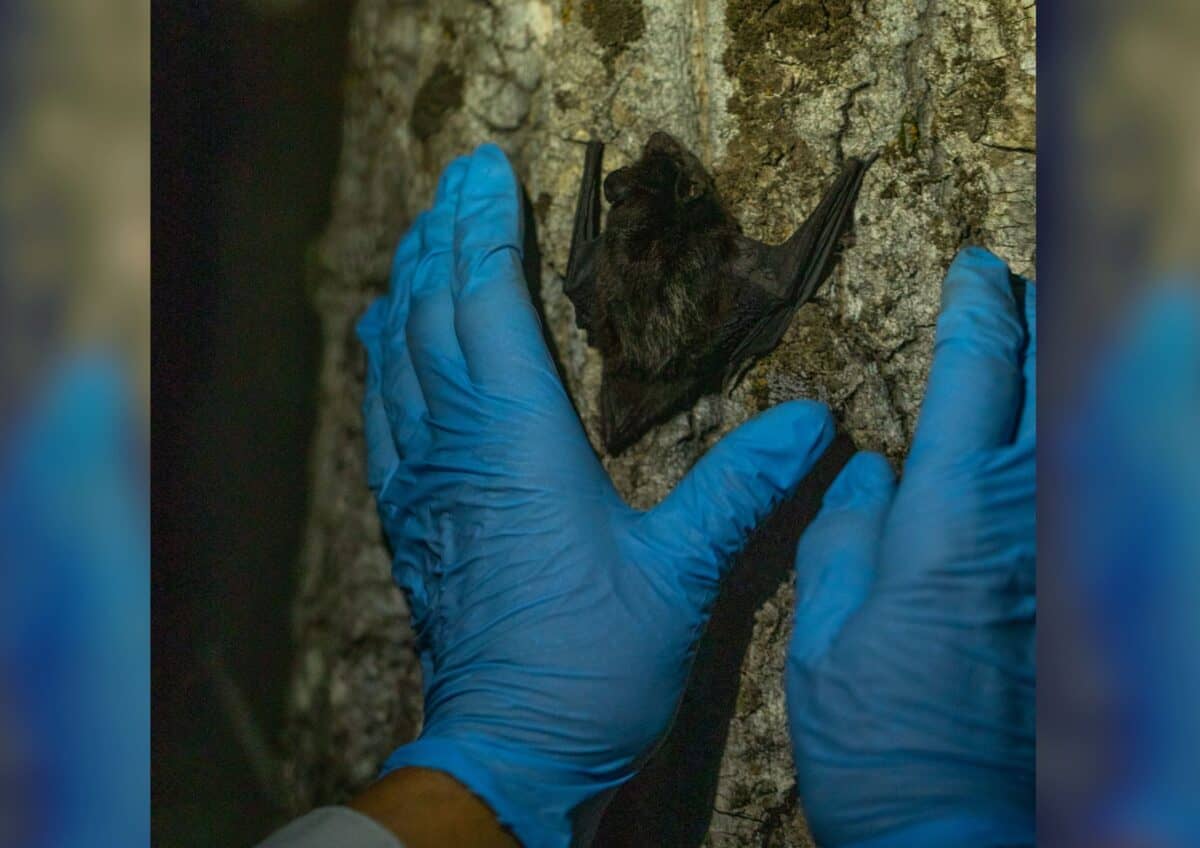
Bumblebee bats typically have a breeding season during the cooler months, with females known to give birth to a single pup each year. Their lifespan is not well-documented, but like most bats, they are believed to live several years under natural conditions.
Unique Physical Characteristics
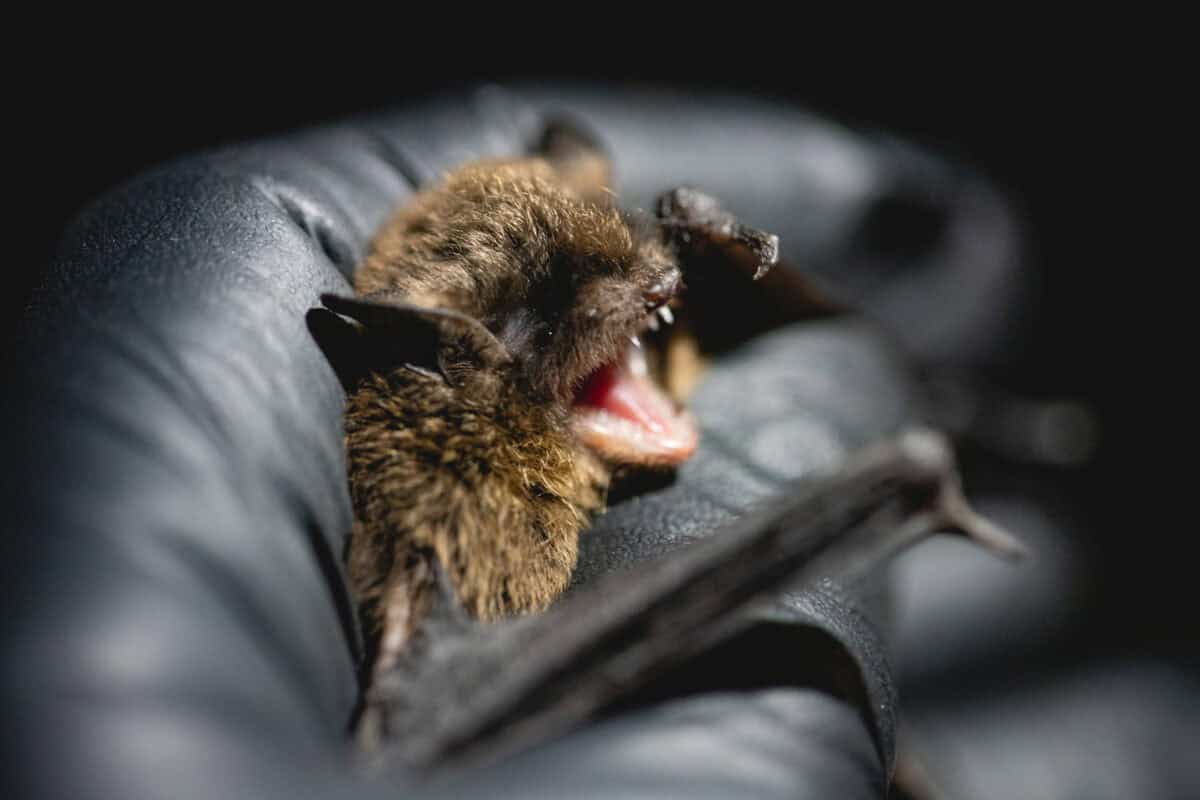
The bumblebee bat’s snout resembles that of a pig, with large nostrils and a flat, upturned shape. Despite its tiny size, the bat possesses large ears that aid in echolocation—a critical adaptation for navigating and hunting in the dark.
Echolocation Abilities
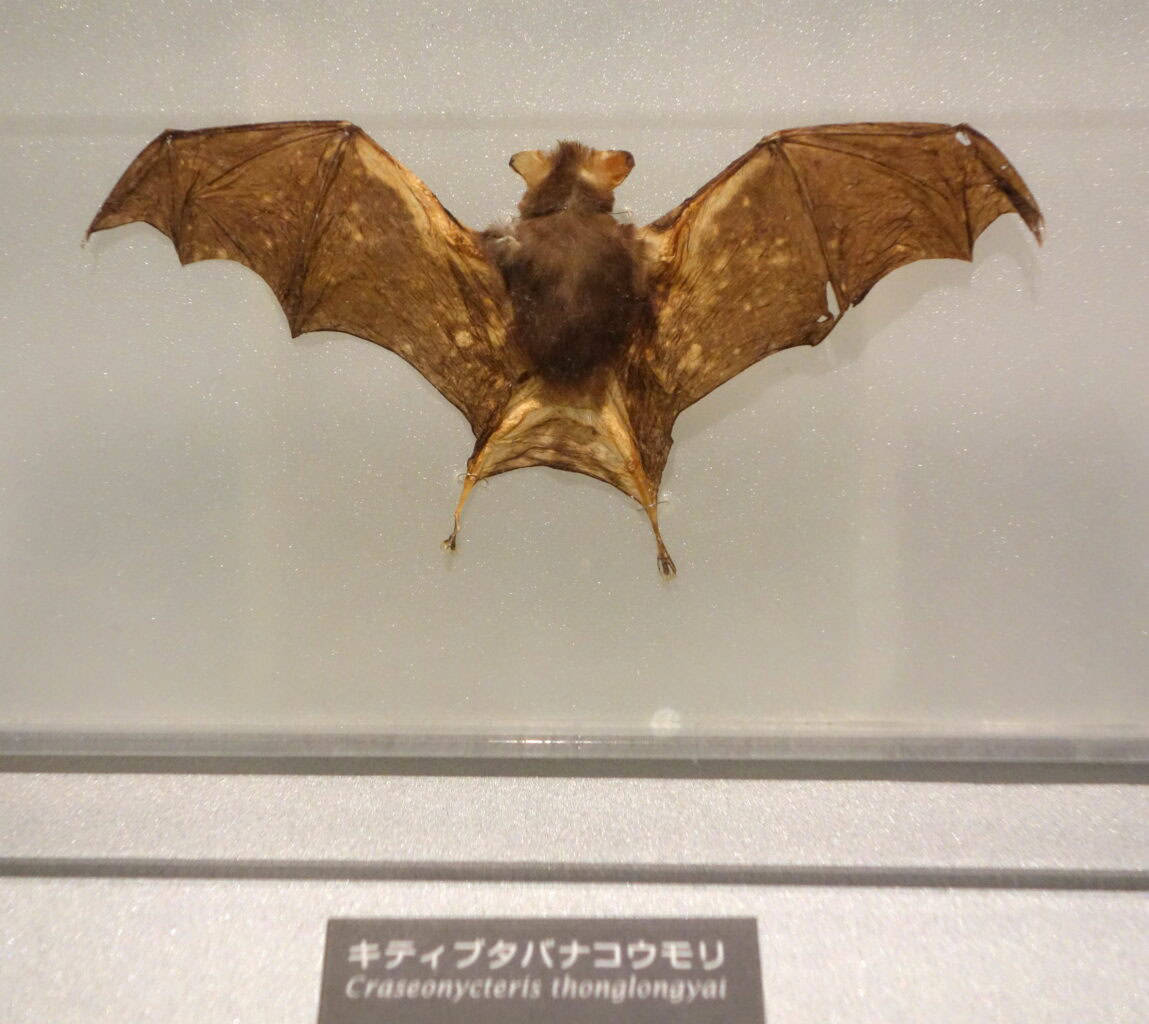
Like many bat species, the bumblebee bat relies on echolocation to navigate its environment and locate prey. It emits high-frequency sounds that bounce off objects and return as echoes, allowing the bat to perceive its surroundings with impressive accuracy.
Conservation Status

The bumblebee bat is currently listed as “Near Threatened” by the International Union for Conservation of Nature (IUCN). Habitat loss due to deforestation and human disturbance in caves poses significant threats to their population, necessitating active conservation efforts to preserve their natural habitats.
Scientific Significance

The bumblebee bat is not only remarkable for its size but also for its evolutionary significance. As it represents an ancient lineage of bats, studying this species can give scientists insights into bat evolution and diversity, benefiting broader ecological and evolutionary studies.
Human Impact

Human activity, including agriculture expansion and tourism, threatens the bumblebee bat’s habitat. Conservation organizations are working to raise awareness and implement protective measures to secure the future of this rare and fascinating species.
Comparisons with Other Small Mammals

While the bumblebee bat holds the title of the smallest mammal by size, comparisons with creatures like the Etruscan shrew, which is slightly heavier, demonstrate the diversity of adaptations among small mammals. Each species showcases unique survival strategies in their respective environments.
The Importance of Conservation

Preserving small, elusive species like the bumblebee bat is crucial for maintaining biodiversity. Each species plays a unique role in its ecosystem, and their conservation ensures the health and balance of natural habitats, illustrating the broader significance of biological diversity.
In conclusion, the bumblebee bat captivates with its minute size and intriguing biology. As one of nature’s smallest mammals, it embodies the essence of biological diversity and the importance of understanding and safeguarding our planet’s remarkable variety of life. Through continued conservation efforts and scientific research, we can ensure that this diminutive creature and countless other unique species continue to thrive for future generations to appreciate.
- The Only Mammal That Can Breathe Through Its Skin - August 19, 2025
- How to Win Over Judges in Dressage Competitions - August 19, 2025
- Is There Hope for the Critically Endangered Amur Leopard? - August 19, 2025
